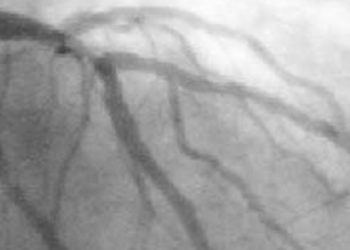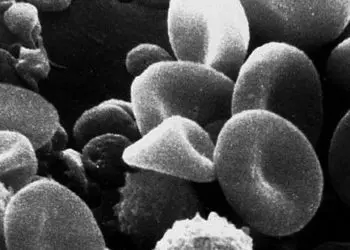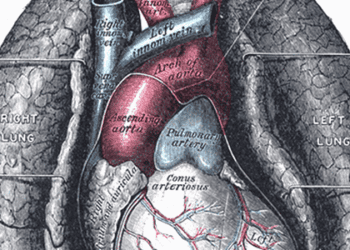Body roundness index may help estimate cardiovascular disease
1. A higher body roundness index (BRI) trajectory is associated with an increased risk of cardiovascular disease (CVD).
Evidence Rating Level: 2 (Good)
The BRI, first proposed in 2013, is an index used to quantify a person’s body shape by using waist circumference and height which provides a more accurate estimation of an individual’s body fat and visceral fat composition than traditional indices such as the body mass index. Investigations into the longitudinal relationship between BRI trajectory and CVD morbidity remain limited, with current studies being limited to specific local populations. This longitudinal population-based study therefore sought to characterize the relationship between BRI trajectories and CVD incidence in the Chinese national population. 9,935 participants (mean age = 58.85 ± 9.09 years) over the age of 45 from the China Health and Retirement Longitudinal Study (CHARLS) database were identified. Follow-ups were conducted every 2 years between 2011 and 2020 to assess for CVD events based on questionnaire responses. Group-based trajectory modelling was used to identify BRI trajectories from which 3 groups were identified (low-stable, moderate-stable and high-stable). Compared to participants in the low-risk group, those in the moderate-stable and high-stable groups had a 61% (HR, 1.61 [95% CI, 1.47–1.76]) higher risk of incident CVD and a 163% higher risk (HR, 2.63 [95% CI, 2.25–3.07]). The trend remained after adjusting for demographic factors, medical history, medication history and clinical characteristic variables. Overall, this study found that moderate-stable and high-stable BRI trajectories were associated with a greater risk of developing CVD and supports the use of BRI as a novel tool for the assessment of CVD risk.
Click to read the study in JAHA
Image: PD
©2024 2 Minute Medicine, Inc. All rights reserved. No works may be reproduced without expressed written consent from 2 Minute Medicine, Inc. Inquire about licensing here. No article should be construed as medical advice and is not intended as such by the authors or by 2 Minute Medicine, Inc.







